The start of the campaign “Women who built Serbia” was presented to the media on March 8th at the King Petar I Elementary School, which was designed by the first woman architect in Serbia – Jelisaveta Načić.
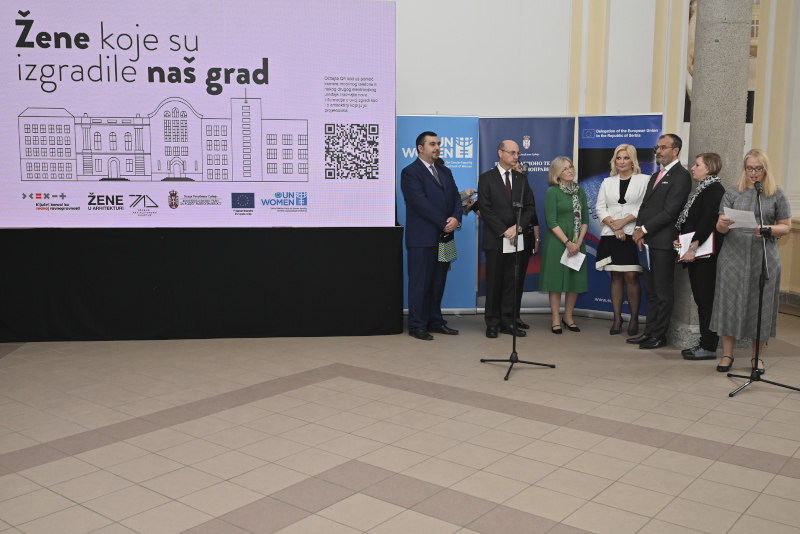
The campaign was initiated by the Coordination Body for Gender Equality of the Government of the Republic of Serbia, the EU Delegation to Serbia and the the United Nations Entity for Gender Equality and the Empowerment of Women (UN Women) with the support of the French Embassy in Belgrade.
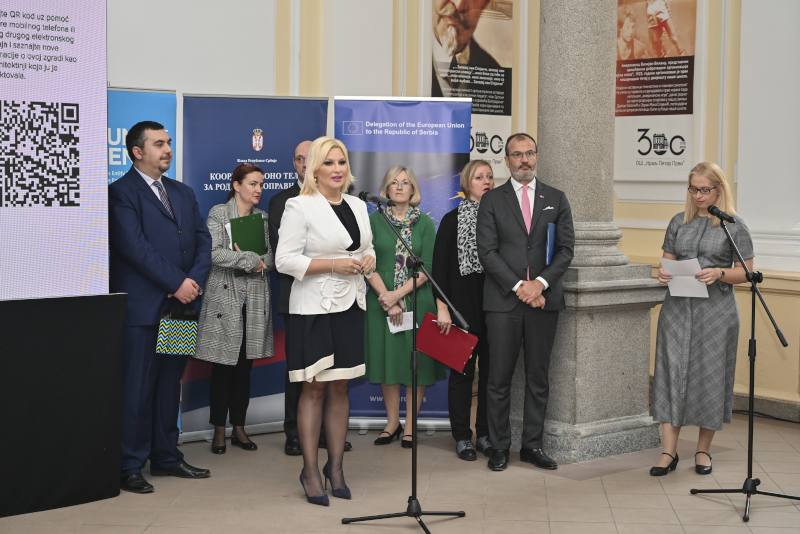
At the presentation of the project, Zorana Mihajlovic, Deputy Prime Minister of Serbia and President of the Coordination Body for Gender Equality of the Government of the Republic of Serbia, assessed that there was no development without equal conditions for all.
“Gender equality is not feminism, but an attempt to create equal conditions for men and women,” Mihajlovic said.
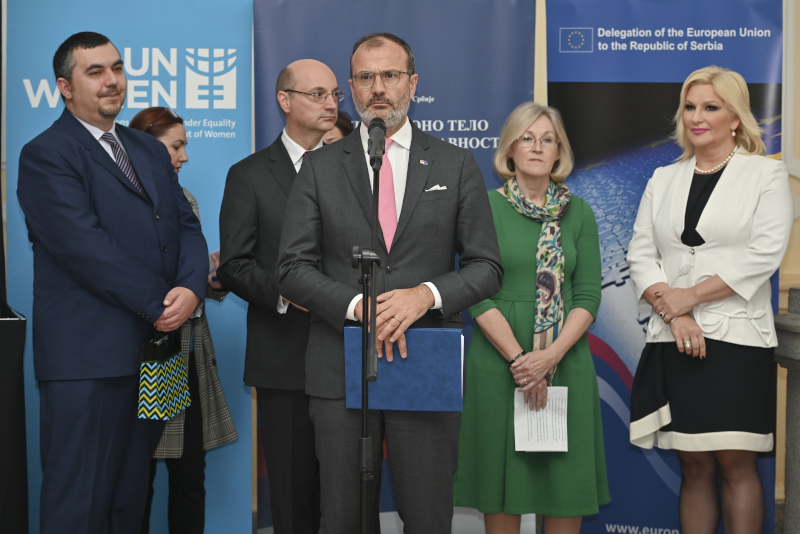
Head of the EU Delegation to Serbia, Sem Fabrizi, said that everyone should contribute to the reduction of gaps between the sexes, prevention of gender-based violence and increased participation of women in decision-making. Fabrizi stated that Serbia shares the values of the EU and that the desire to incorporate these values into its legislation is seen.
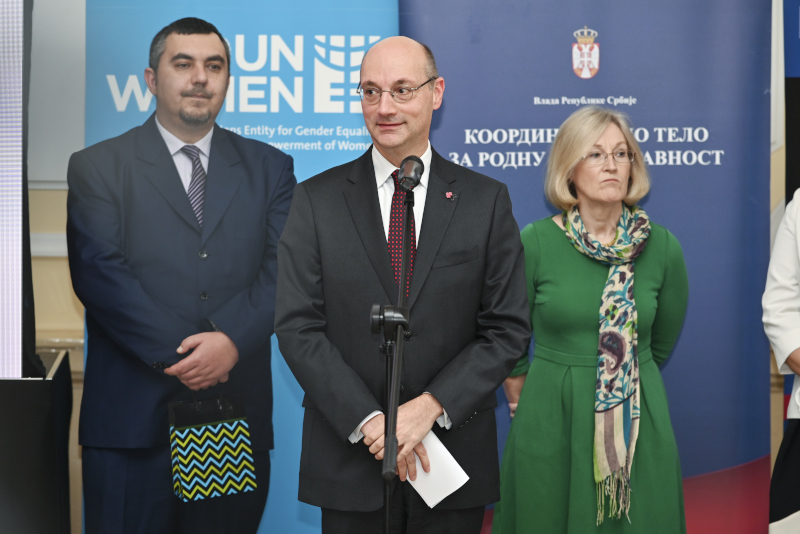
French Ambassador Frederic Mondoloni believes that women in the economy are less visible and that women in the professions should be more visible in the world. He stressed that the fight for equality will be at the center of the French Presidency of the G8 and will have three goals – promotion of equality, women’s access to education and the fight against discrimination.
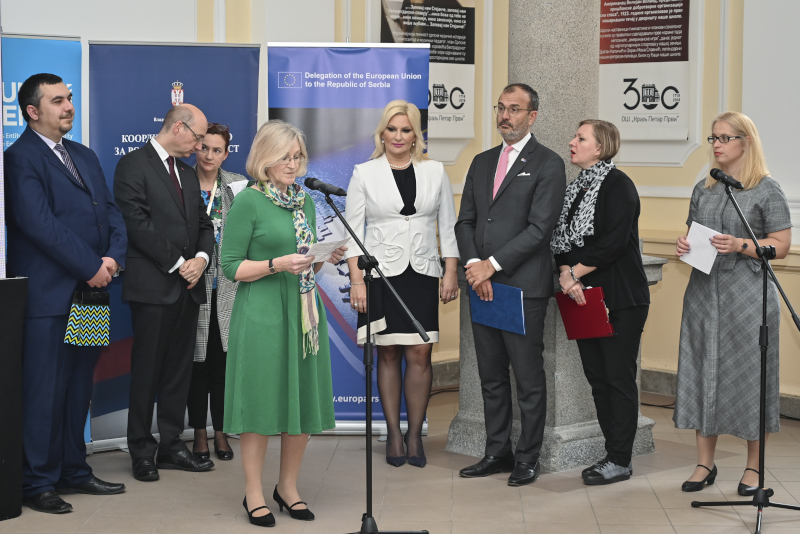
Deputy Ambassador of Great Britain Tracy Gallagher said that the campaign launched would enable people to find out about women who shifted the borders at the beginning of the 20th century and that they would be a role model for young women not to give up.
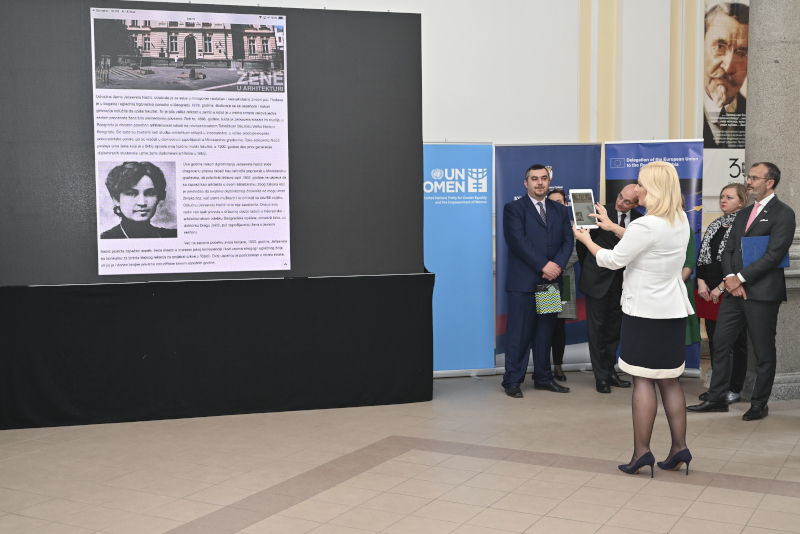
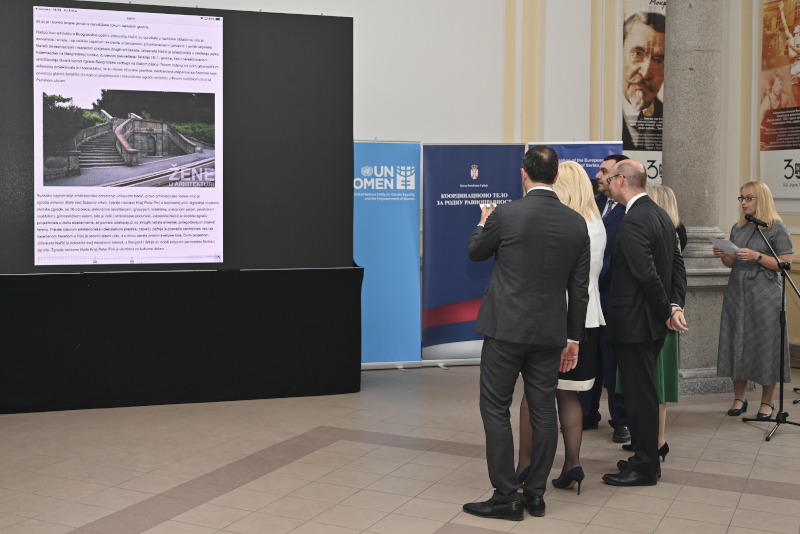
Representative of the Women’s Architectural Society Milena Zindović pointed to numerous examples of women’s contribution to the construction of Serbia and Belgrade, pointing out that after the Second World War there are many prominent authors.
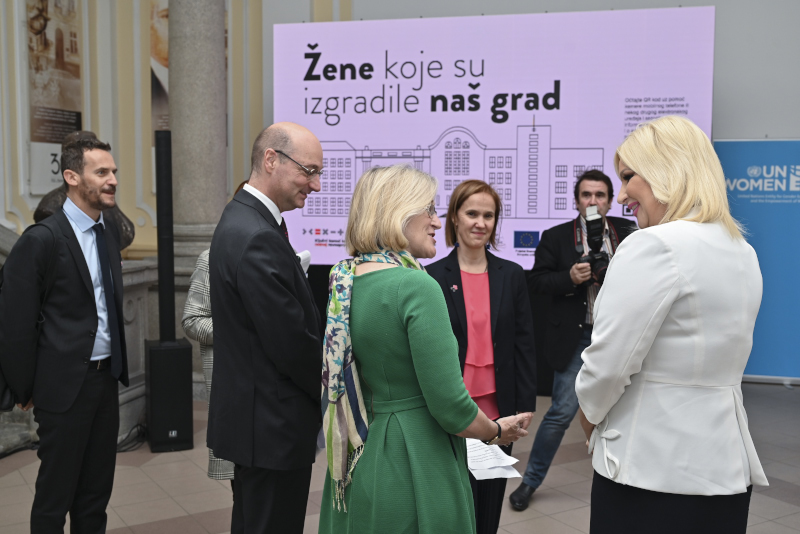
QR codes are installed on five buildings in Belgrade behind which are female architects (First Belgrade Gymnasium, Teacher Education Faculty, Secondary School “Nikola Tesla”, Faculty of Veterinary Medicine and King Petar I Elementary School), with which passersby through their mobile phones will be able to read, or find out information about the building itself as well as about the architect who designed them.